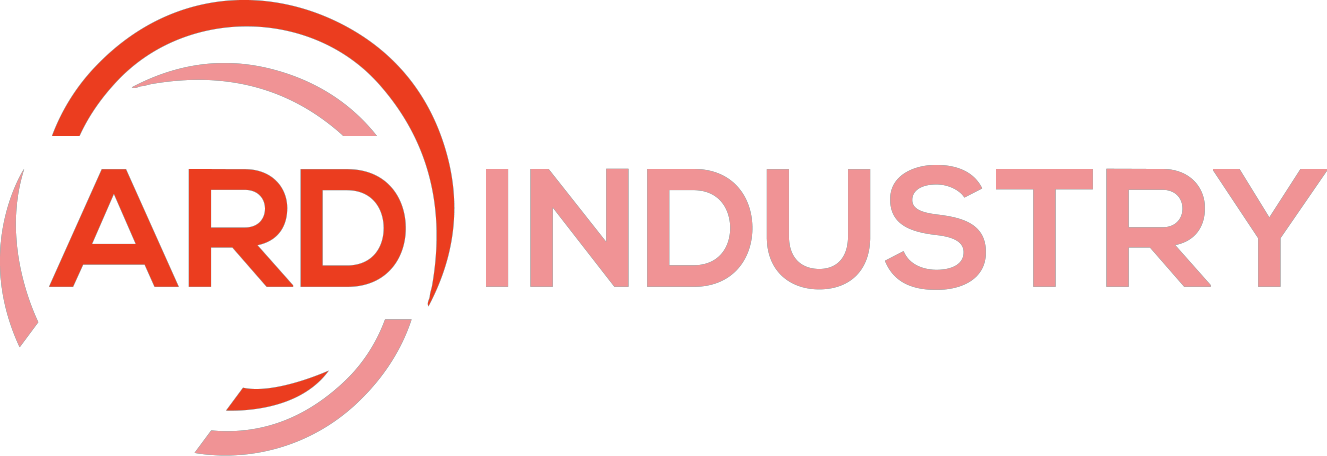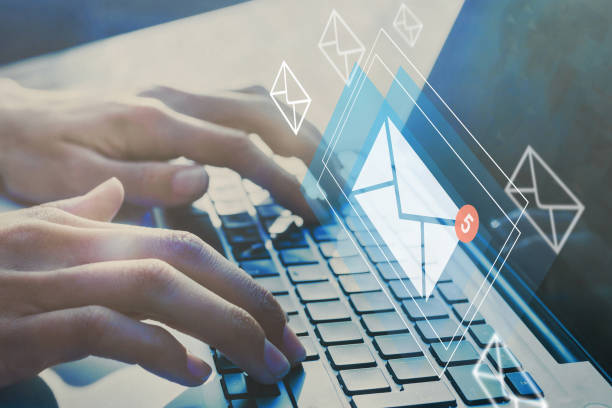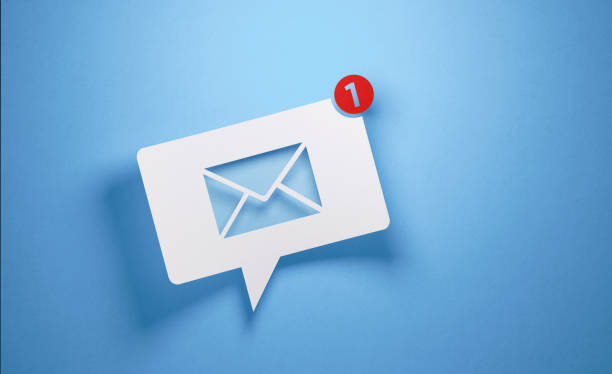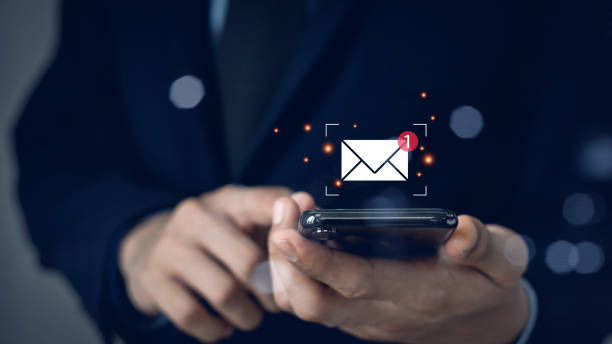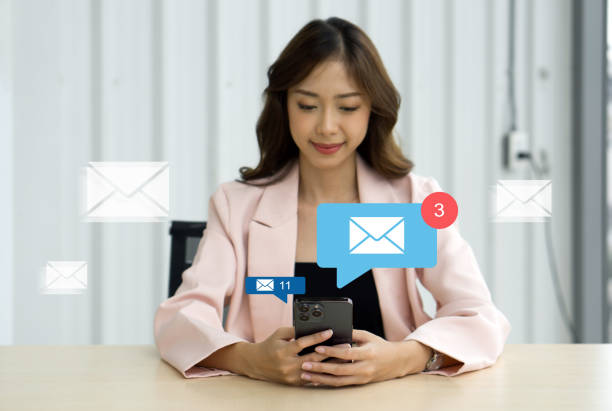Have you ever opened an email that felt so relevant, so personal, that you wondered, “How did they know this about me?” Whether it’s a tailored recommendation, a special offer. Or simply an email that speaks directly to your needs, this is the magic of email personalization. In a world where email inboxes are flooded with hundreds of messages daily. Personalization is the key to cutting through the noise and connecting meaningfully with your audience. But, how do you make sure that you have successful email campaigns?
How do you craft emails that your audience not only opens but engages with? More importantly, how can you leverage personalization to build lasting relationships, foster customer loyalty, and drive conversions?
In this post, we’ll explore the power of personalized email campaigns and how you can implement them to drive success. From understanding the importance of personalization to implementing strategies that go beyond just inserting a recipient’s name. Let’s uncover how personalization can shape the future of your email marketing.
Why Personalization Matters in Successful Email Campaigns
Email marketing has long been one of the most effective methods for connecting with customers. However, its effectiveness is closely tied to how well you can personalize your messaging. In today’s world, where consumers are inundated with impersonal, generic content, personalized emails cut through the noise and create an authentic connection.
Higher Engagement and Conversion Rates
One of the most significant benefits of personalization is its ability to increase engagement and conversions. In fact, personalized emails generate up to six times higher transaction rates than non-personalized ones. Additionally, they boast 29% higher open rates, as subscribers are more likely to engage with content that feels relevant to them. Personalized emails are tailored to the individual’s needs, preferences, and behaviors, making them more compelling and harder to ignore.
But why does personalization work so well? Simply put, when a customer feels like an email speaks directly to their interests and needs, they are more likely to take action. Whether it’s a product recommendation based on past purchases or a special birthday offer, personalization makes the recipient feel valued.
Building Customer Loyalty
Personalized emails also help to build stronger, long-lasting relationships with your audience. By showing that you understand their preferences, behaviors, and interests, you position yourself as a brand that genuinely cares about their needs. This fosters trust and loyalty, leading to better customer retention and higher lifetime value.
But personalization isn’t just about adding a name to the subject line or sending generic discounts. It’s about crafting experiences that resonate with your audience on a deeper level. It’s about demonstrating that you are not just a brand sending out promotional emails, but a company that’s committed to understanding its customers and serving them accordingly.
The Key Elements of Personalization in Successful Email Campaigns
To fully leverage personalization in your email marketing, you need to incorporate the following elements into your strategy. These will help you craft emails that feel truly personalized and relevant to your audience:
1. Leveraging Subscriber Data
Subscriber data is the backbone of any personalized email campaign. This data can come from a variety of sources, such as your CRM, website analytics, and past purchase behavior. Key data points include:
- First Name: Including a subscriber’s first name in an email can help create a more personal touch. For example, an email greeting like “Hello Sarah!” feels more engaging than a generic “Hello, valued customer.”
- Purchase History: Understanding what your customers have bought in the past allows you to make personalized product recommendations. For instance, if a customer purchased a yoga mat, you could recommend matching accessories such as yoga blocks, straps, or workout clothes.
- Browsing Behavior: Tracking the pages a subscriber has visited on your website can give you insights into what they are interested in. You can use this information to send follow-up emails or personalized offers related to their browsing behavior.
- Location Data: Personalization based on location can be particularly useful for local businesses. You can send location-specific offers or announcements, such as in-store events or region-based sales.
With this data, you can create highly relevant and timely emails that directly speak to the recipient’s needs and preferences, driving better results.
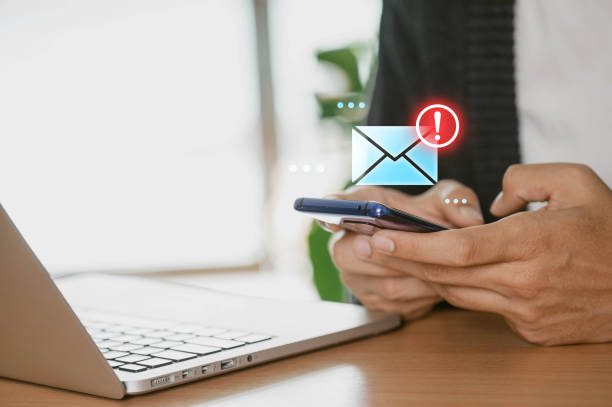
2. Segmenting Your Audience – Successful Email Campaigns
Segmentation is another crucial aspect of personalization. Instead of sending the same email to your entire list, you can break it down into smaller, more targeted groups based on specific characteristics. Segmenting your audience ensures that each recipient receives the most relevant content based on their demographics, interests, or behavior.
Common segmentation strategies include:
- Demographics: Grouping customers based on age, gender, income, or other demographic factors allows you to tailor emails accordingly. For example, you might send different offers to male and female customers based on products they are most likely to buy.
- Behavioral Segmentation: This involves segmenting your audience based on their actions, such as past purchases, email opens, or website visits. By doing so, you can send highly targeted content that matches their current interests or buying stage.
- Engagement Level: Customers who frequently engage with your emails should receive more frequent, relevant communication, while less-engaged customers may benefit from re-engagement campaigns.
Effective segmentation allows you to send the right message to the right person at the right time, increasing the likelihood of conversions and improving overall campaign performance.
3. Dynamic Content Blocks
Dynamic content is a powerful personalization tool that allows you to display different content for different recipients within the same email. By using dynamic content blocks, you can create emails that feel highly individualized even though they are part of a broader campaign.
For example, if you’re sending a promotional email, dynamic content blocks allow you to display different product recommendations based on a recipient’s previous purchases or browsing behavior. This makes your email more relevant to each individual recipient, increasing the chances that they will take action.
Dynamic content can also be used to display personalized offers, such as discounts or special promotions tailored to the recipient’s behavior or stage in the customer journey.
4. Personalized Subject Lines – Successful Email Campaigns
The subject line is the first thing a recipient sees when they open their inbox, so it’s critical that it grabs their attention. Personalized subject lines have been shown to increase open rates significantly.
Personalization can be as simple as adding the recipient’s name in the subject line: “Sarah, we’ve got a special offer just for you!” This simple touch makes the email feel more personal and engaging.
However, personalized subject lines don’t always have to be focused on the recipient’s name. You can also personalize the subject line based on recent interactions or purchases. For example, “Your [Brand Name] order is on its way!” or “You might like this, Sarah!”
The key is to make the subject line relevant to the recipient’s specific interests or actions.
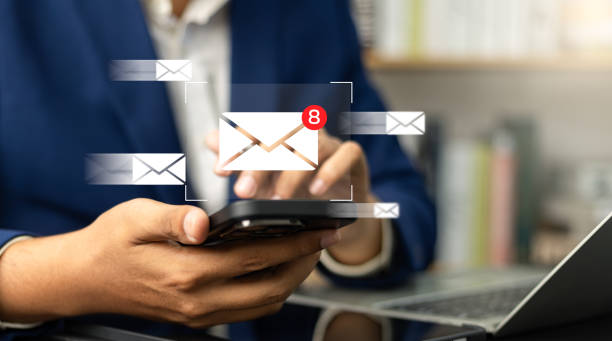
5. Behavior-Based Trigger Emails
Triggered emails are automatic messages that are sent based on a recipient’s actions. These emails are highly personalized because they respond directly to a behavior, making them more likely to resonate with the recipient. Common types of triggered emails include:
- Welcome Emails: Sent when a user subscribes to your email list, offering a special discount or simply thanking them for signing up.
- Abandoned Cart Emails: Sent when a customer adds items to their shopping cart but doesn’t complete the purchase. These emails often include a reminder of the products and may offer an incentive, like a discount or free shipping, to encourage the customer to complete their purchase.
- Re-engagement Emails: Sent to customers who haven’t interacted with your emails in a while. These emails often include a special offer or ask for feedback to reignite the relationship.
Behavior-based trigger emails are powerful because they are sent at the right time based on a customer’s actions, increasing the chances of a successful conversion.
6. Timing and Frequency – Successful Email Campaigns
Personalization isn’t just about the content—it’s also about timing. When you send your emails matters. Sending an email at the right time can make a huge difference in open rates and conversions. For example, if you’re targeting business professionals, sending emails during working hours may be more effective than during the weekend.
Moreover, personalizing the frequency of emails based on customer behavior can prevent your subscribers from feeling overwhelmed by too many emails. By monitoring engagement and adjusting the frequency of your emails, you can ensure that your messages are delivered at the optimal time and with the right cadence.
How Personalization Drives Successful Email Campaigns
Personalization is not just about making your emails feel more relevant; it’s about making them more effective. When done correctly, personalized email campaigns can significantly increase customer engagement, loyalty, and conversions. Here’s how:
1. Tailored Offers Lead to Increased Conversions
By using personalization to tailor your offers to each recipient’s needs, you can significantly increase conversion rates. For example, a customer who has previously purchased a winter jacket may be more likely to engage with an email promoting a scarf or gloves. By offering products that align with their past behavior, you show that you understand their preferences and provide additional value.
2. Personalized Emails Enhance Customer Loyalty – Successful Email Campaigns
Customers are more likely to stay loyal to a brand that understands their needs. Personalized emails show customers that you’re paying attention to their preferences, which fosters a stronger emotional connection. This leads to better customer retention and encourages repeat business.
3. Improved Customer Experience
Personalization enhances the overall customer experience by providing content that is relevant and timely. When customers feel that your emails align with their needs, they are more likely to engage with your brand and view you as a trusted resource.
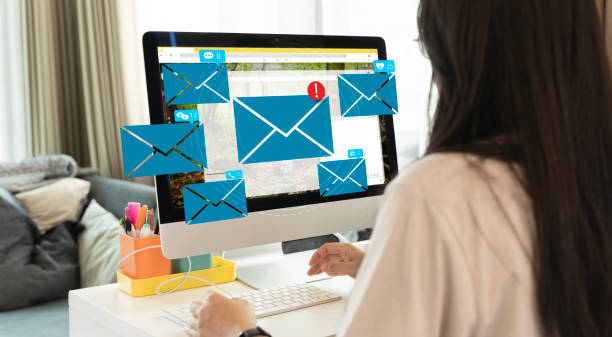
Conclusion: Successful Email Campaigns
Personalization is the cornerstone of successful email marketing. It’s not just about addressing a recipient by their name—it’s about understanding their needs, behaviors, and preferences, and crafting messages that speak to them directly. By leveraging subscriber data, segmenting your audience, using dynamic content, and sending behavior-based emails at the right time, you can create email campaigns that drive higher engagement, conversions, and customer loyalty.
As email marketing continues to evolve, personalization will remain a critical factor in standing out and creating meaningful connections with your audience. By adopting these strategies, you’ll not only improve your email campaigns but also build stronger, more lasting relationships with your customers.
Ready to start personalizing your emails? Let’s get to work!
